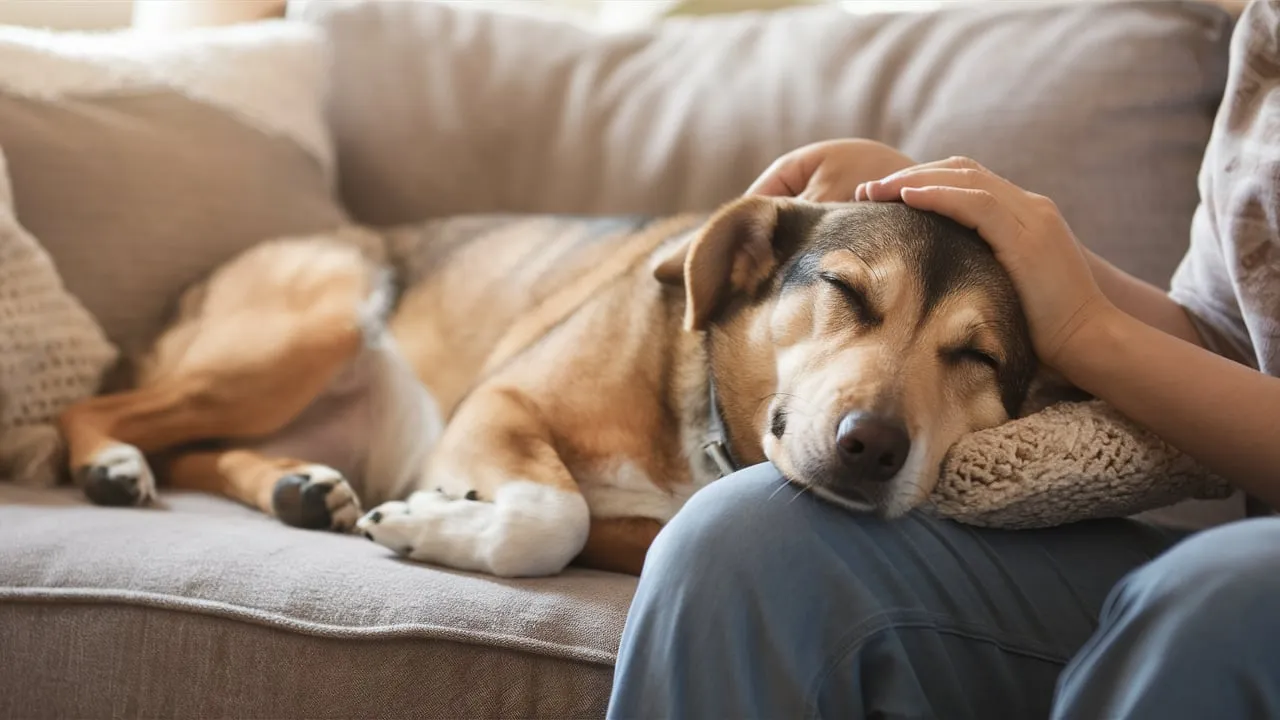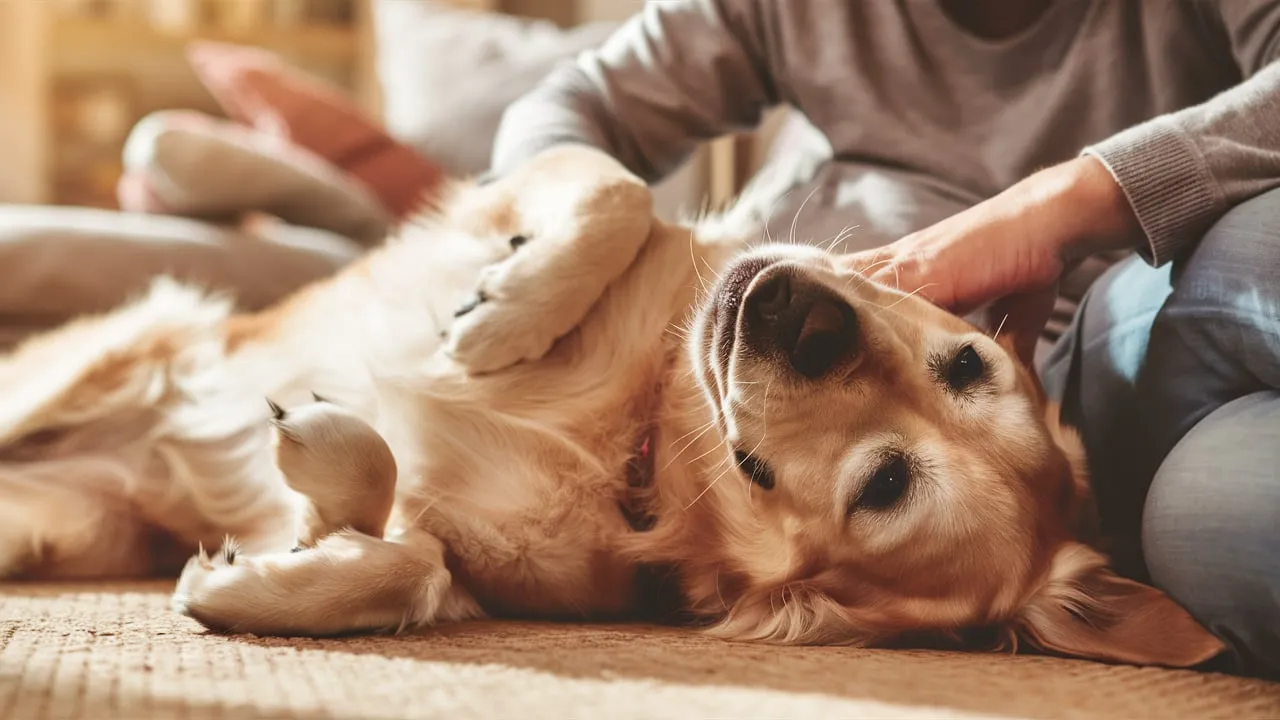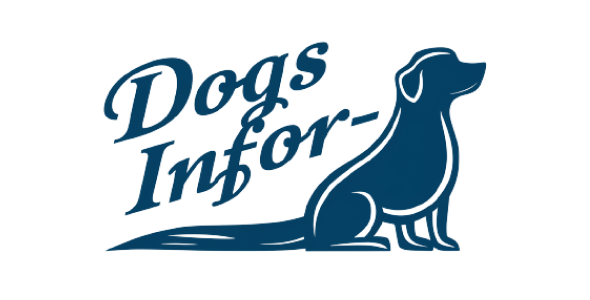Your dog in heat is uncomfortable and anxious? Learn How To Comfort A Dog In Heat and support during this natural cycle. Discover helpful tips for managing her behavior and easing her discomfort by Dogs Infor.
Understanding the Dog Heat Cycle
Stages of the Heat Cycle
The dog heat cycle, also known as estrus, is a natural process that occurs in female dogs typically twice a year. It involves a series of hormonal changes that prepare the dog for potential mating. The cycle can be divided into four main stages:
- Proestrus: This stage marks the beginning of the heat cycle and lasts about 7-10 days. During this phase, the dog’s vulva will swell and become red, and she may experience a bloody discharge.
- Estrus: This is the fertile stage of the cycle, lasting about 5-9 days. The bloody discharge will become lighter and more watery. The dog will be receptive to mating during this stage.
- Diestrus: This stage follows the fertile stage and lasts about 60-90 days. The vulva will start to shrink and the discharge will become clear or yellowish. The dog will no longer be receptive to mating.
- Anestrus: This is the resting stage of the cycle, lasting about 4-5 months. The dog will not show any signs of being in heat.
Physical Changes and Symptoms
During the heat cycle, female dogs experience several physical changes and symptoms, including:
- Vulvar Swelling and Discharge: The vulva will swell, become red, and discharge a bloody fluid.
- Increased Urination: The dog may urinate more frequently and in larger amounts.
- Restlessness and Increased Affection: The dog may become restless, more affectionate, and seek attention.
- Nesting Behavior: The dog may exhibit nesting behavior, such as digging or arranging blankets.
Behavioral Changes and Aggression
In addition to physical changes, female dogs may also experience behavioral changes during the heat cycle, including:
- Increased Aggression: The dog may become more aggressive towards other dogs or people, especially males.
- Vocalization: The dog may whine, bark, or howl more frequently.
- Attracting Males: The dog will release pheromones that attract male dogs.
Important Note: It’s crucial to manage your dog’s heat cycle appropriately to prevent unwanted pregnancy and ensure her safety and well-being.

Comforting Your Dog in Heat
The heat cycle can be a challenging time for your dog, both physically and emotionally. Providing comfort and support can help her navigate this period more comfortably. Here are some tips:
Providing a Safe and Quiet Environment
- Limit Exposure: Reduce exposure to other dogs, especially males, to minimize stress and unwanted attention.
- Create a Sanctuary: Provide a quiet and comfortable space for your dog to rest and relax, away from any potential distractions.
- Cleanliness: Keep her bedding clean and fresh, and change it regularly to help prevent infections.
Gentle Handling and Affection
- Be Patient and Understanding: Be patient with your dog, as she may be more sensitive and irritable than usual.
- Offer Comfort: Provide extra cuddles, gentle petting, and reassurance to help her feel safe and secure.
- Avoid Over-stimulation: Avoid excessive petting or rough play, as it can be overwhelming for her.
Calming Activities and Games
- Mental Stimulation: Engage her with interactive toys, puzzle feeders, or training sessions to keep her mind occupied.
- Gentle Exercise: Offer short, gentle walks or playtime to help her release energy and reduce restlessness.
- Relaxing Activities: Consider calming activities like massage or aromatherapy to help her relax.
Nutritional Support and Hydration - Balanced Diet: Ensure she has access to a balanced and nutritious diet to maintain her energy levels and support her immune system.
- Plenty of Water: Provide fresh, clean water at all times to help her stay hydrated, especially during hot weather.
Remember: It’s crucial to consult with your veterinarian for personalized advice regarding your dog’s heat cycle and to ensure her overall health and well-being.
Managing Behavioral Changes
During the heat cycle, female dogs often experience behavioral changes that can be challenging for both them and their owners. Here’s how to manage these changes effectively:
Reducing Anxiety and Stress
- Create a Calm Environment: Provide a quiet and safe space for your dog to relax, away from any potential stressors.
- Calming Aids: Consider using calming aids like pheromone diffusers, calming chews, or herbal supplements, but always consult with your veterinarian first.
- Gentle Handling: Handle your dog gently and avoid any actions that might trigger anxiety or aggression.
Addressing Aggression and Territoriality
- Limit Exposure: Reduce exposure to other dogs, especially males, to minimize the risk of aggression.
- Supervise Interactions: If you do introduce your dog to other dogs, always supervise their interactions closely.
- Training and Positive Reinforcement: Continue with obedience training and positive reinforcement techniques to help manage her behavior.
Preventing Unwanted Pregnancies
- Spay or Neuter: The most effective way to prevent unwanted pregnancies is to spay your dog.
- Keep Her Confined: During the fertile period of her cycle, keep her confined indoors or in a secure area to prevent contact with male dogs.
- Avoid Public Areas: Limit walks and playtime in public areas where she might encounter male dogs.

When to Seek Veterinary Advice
While the heat cycle is a natural process for female dogs, it’s important to be aware of potential complications and seek veterinary advice when necessary. Here are some situations that warrant a visit to your vet:
Excessive Bleeding or Discharge
- Prolonged Bleeding: If your dog’s bleeding lasts longer than 10 days or if the discharge becomes excessively heavy or foul-smelling, it could indicate a problem.
- Unusual Discharge: Any unusual discharge, such as a thick, yellow, or green discharge, should be evaluated by a veterinarian.
Unusual Behavioral Changes
- Severe Aggression: If your dog’s aggression becomes severe or unmanageable, or if she exhibits signs of fear, anxiety, or distress, seek veterinary attention.
- Sudden Changes in Appetite or Activity: Any sudden changes in your dog’s appetite, energy levels, or behavior could indicate an underlying medical condition.
Signs of Illness or Infection
- Fever: If your dog has a fever, it could indicate an infection or other health problem.
- Lethargy or Weakness: If your dog becomes lethargic, weak, or refuses to eat or drink, it could be a sign of illness.
- Vomiting or Diarrhea: Vomiting or diarrhea can be a symptom of various conditions, including infections or digestive issues.
Conclusion
The dog heat cycle is a natural process involving hormonal changes that prepare the female dog for mating. For personalized advice and guidance regarding your dog’s heat cycle, always consult with your veterinarian. They can assess your dog’s individual needs, recommend appropriate management strategies, and ensure her overall health and well-being.

Related Post
Signs Your Dog Needs Probiotics: Digestive Problems
Green Stool In Dogs: Causes, Concerns And When To Worry
Dental Anatomy Of Dogs: Unveiling The Secrets